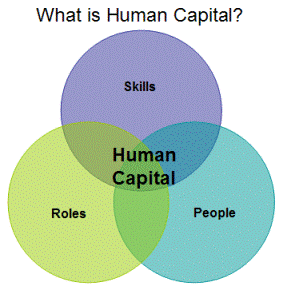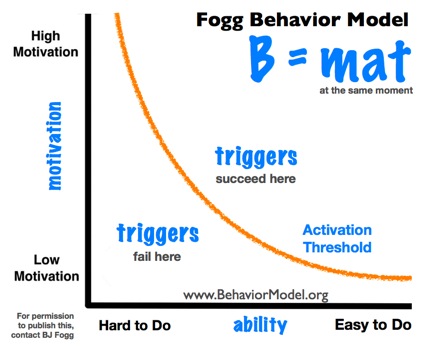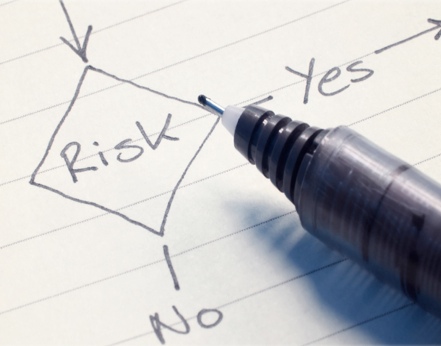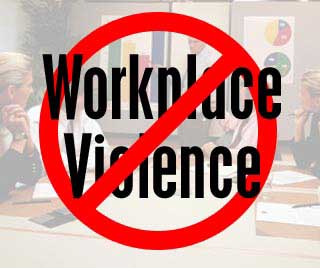 Human resource risk is the chance that bad outcomes will occur in some aspect of HR. Those risks get attention when the bad outcomes threaten the overall organization and its goals. Then it becomes a business risk.
Human resource risk is the chance that bad outcomes will occur in some aspect of HR. Those risks get attention when the bad outcomes threaten the overall organization and its goals. Then it becomes a business risk.
Employee turnover, an example of one type of HR risk, becomes a business risk when it could threaten the viability of the business. Business risk matters because it has the attention of everyone at the top of the organization.
Among important human resource risks that affect business outcomes are class-action litigation and other compliance and regulatory issues, the loss of key employees and critical knowledge, talent-management gaps that make it difficult to get employees with needed skills, and individual employee behaviors that create liability issues (e.g., imprudent investment decisions or ethical scandals that damage brand value).
Interestingly, the most important risk associated with human capital in a survey of HR and risk managers that was conducted as part of the study was a “shortage of critical skills within your company’s workforce.”
via Human Resource Executive Online | Managing Human Capital Risk.



![HR Functions[4]](http://www.riskmanagement365.com/wp-content/uploads/2012/12/hr-functions4.gif?w=143)




